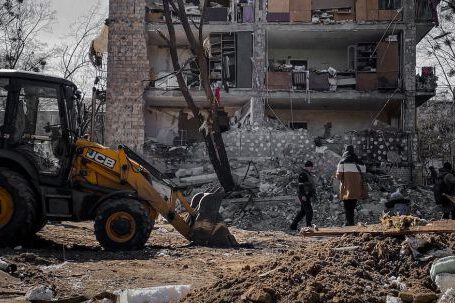How to Choose the Right Safety Vest
When it comes to safety on the job, there is no substitute for the right gear. A high-quality safety vest is essential for working in hazardous areas, such as construction sites or on the road. But with so many different types and styles of safety vests available, it can be difficult to know which one is best for your needs. This comprehensive guide will help you choose the right safety vest for you.
Types of Safety Vests
There are several different types of safety vests available on the market today. The most common types are:
- High visibility vests – These vests are designed to make workers easily visible, even in low-light conditions. High visibility vests are ideal for construction sites, roadside work, and any other area where there is a risk of being hit by a vehicle.
- Fire-resistant vests – Fire-resistant vests are designed to protect workers in hazardous areas, such as chemical and petrochemical plants. These vests are flame-resistant and can provide protection from burns, sparks, and other hazardous materials.
- Welding vests – Welding vests are designed to protect the wearer from sparks and heat generated by welding operations. These vests are usually made of flame-resistant fabric and are designed to provide protection from both flames and sparks.
- Reflective vests – Reflective vests are designed to make workers visible in areas where there is limited light. These vests are usually made of reflective fabric and can be used in a variety of situations, such as nighttime construction sites or when working in dark areas.
Factors to Consider when Choosing a Safety Vest
When choosing a safety vest, there are several factors to consider. These include:
- Visibility – The most important factor to consider when choosing a safety vest is visibility. High visibility vests are essential for any situation where workers need to be easily seen, such as construction sites and roadside work. It is also important to consider the type of fabric used in the vest, as some fabrics may be more visible than others.
- Comfort – Comfort is also an important factor to consider when choosing a safety vest. It is important to choose a vest that fits properly, is lightweight, and breathable. A poorly-fitting vest can be uncomfortable and can increase the risk of injury or fatigue.
- Durability – Durability is also an important factor to consider when choosing a safety vest. It is important to choose a vest that is made from high-quality materials and is designed to last. This will ensure that the vest will provide long-lasting protection.
- Cost – Cost is also an important factor to consider when choosing a safety vest. It is important to compare prices and find a vest that is within your budget. It is also important to consider the long-term cost of the vest, as some vests may require more frequent replacement than others.
Additional Safety Considerations
In addition to the factors mentioned above, there are other safety considerations to keep in mind when choosing a safety vest. These include:
- Protection against heat and flames – If you are working in an area where there is a risk of fire or heat, it is important to choose a fire-resistant vest. These vests are designed to provide protection from flames and heat and can help to prevent serious injury in the event of a fire or explosion.
- Protection against water and chemicals – If you are working in an area where there is a risk of water or chemical exposure, it is important to choose a vest that is waterproof and chemical-resistant. This will ensure that the vest will provide protection from water and chemicals and will not be damaged by these elements.
- Protection against electricity – If you are working in an area where there is a risk of electric shock, it is important to choose a vest that is made from a material that is resistant to electricity. This will help to prevent injury in the event of an electrical shock.
Conclusion
Choosing the right safety vest is essential for working in hazardous areas. It is important to consider the type of vest you need, as well as the visibility, comfort, durability, and cost. Additionally, it is important to consider additional safety considerations, such as protection from heat and flames, water and chemicals, and electricity. By following these guidelines, you can ensure that you choose the right safety vest for your needs.






